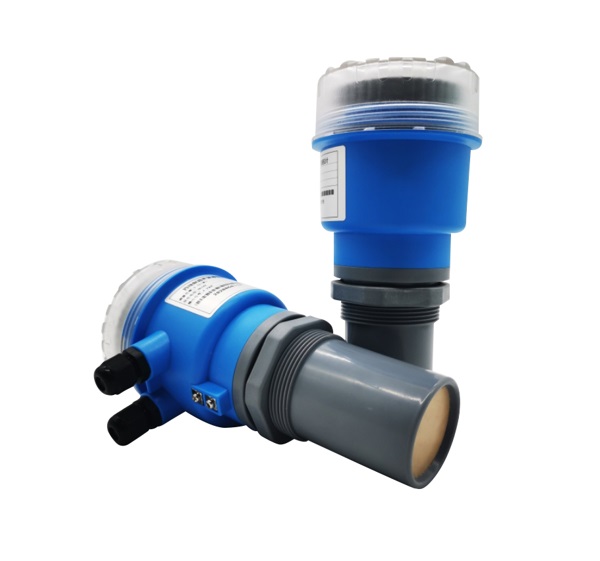
A standard ultrasonic level meter is an electronic instrument designed to measure the distance between the device and the liquid surface using ultrasonic waves. It utilizes the principle of sound reflection to calculate the liquid level based on the time it takes for the ultrasonic waves to travel back after hitting the liquid surface. This method enables accurate and reliable level measurement without the need for physical contact with the liquid.
Non-Contact Measurement: One of the primary advantages of a standard ultrasonic level meter is its non-contact measurement capability. It does not require direct immersion or physical contact with the liquid being measured. This eliminates the risk of contamination, corrosion, or interference with the liquid's properties, making it suitable for a wide range of applications.
High Accuracy and Reliability: These level meters offer high precision and repeatability in level measurement. They are not affected by factors like temperature, pressure, or vapor presence, ensuring accurate readings even in challenging environments. Advanced signal processing algorithms and noise filtering techniques further enhance measurement accuracy.
Wide Application Range: Standard ultrasonic level meters are versatile and find application in various industries. They can measure the levels of liquids such as water, oil, chemicals, beverages, and even bulk solids in some cases. Their adaptability makes them suitable for industries such as water and wastewater management, oil and gas, manufacturing, food and beverage, pharmaceuticals, and many others.
Easy Installation and Configuration: These level meters are typically compact and easy to install. They can be mounted on the top of tanks or vessels, or in some cases, attached externally using brackets. They often feature user-friendly interfaces with digital displays for convenient configuration and monitoring. Some models also support remote monitoring and control options.
Real-Time Monitoring and Alarms: Standard ultrasonic level meters can provide real-time level monitoring, allowing operators to keep track of the liquid levels continuously. They can also be programmed to trigger alarms or alerts when the level reaches predefined thresholds, enabling proactive management and preventing overflow or underflow situations.
Low Maintenance Requirements: With no moving parts and non-contact measurement, these level meters require minimal maintenance. They are less prone to wear and tear, reducing the need for regular servicing or part replacements. This results in cost savings and ensures consistent performance over an extended period.
Integration and Connectivity: Many standard ultrasonic level meters offer integration options with supervisory control and data acquisition (SCADA) systems or other industrial automation platforms. This allows seamless integration into existing monitoring and control infrastructure, enabling centralized data management and comprehensive system integration.
A standard ultrasonic level meter provides a reliable, non-contact, and accurate solution for liquid level measurement. Its versatility, ease of installation, and high precision make it an essential tool in industries that require efficient monitoring and control of liquid levels. Whether it's for inventory management, process control, or safety applications, a standard ultrasonic level meter proves to be a valuable asset, contributing to improved operational efficiency and informed decision-making.